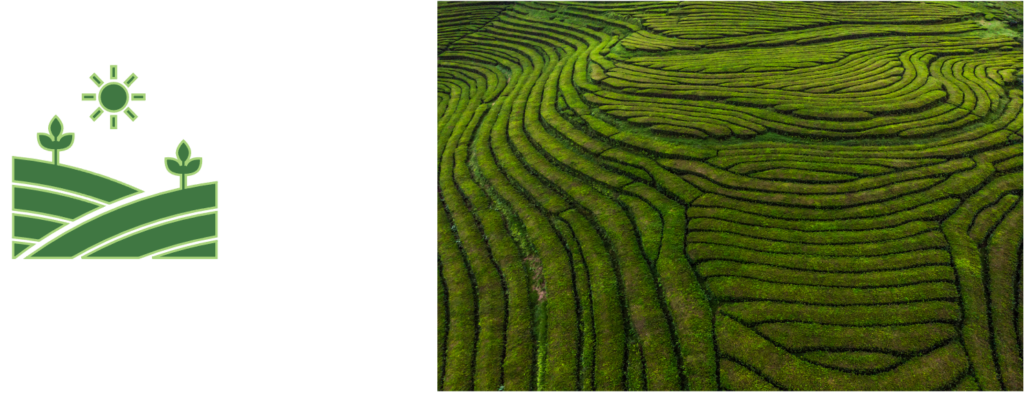
In irrigated areas in Guanajuato-Mexico, the demand for forage, a food that is a source of fiber for livestock, continues to increase. Normally, oats and alfalfa crops are often used for this purpose during autumn and winter. Unfortunately, the second has a very long growth cycle and demands large amounts of water. The key is then to find a crop that grows together with oats that can be rotated with corn and sorghum that produced in the spring-summer period.
Conservation agriculture researchers grew vetch and oats in polyculture (planting two or more varieties of plants in the same crip) to validate this option for forage. Polycultures are a strategy based on biomimicry, under which grasslands, forests and other ecosystems are imitated. Intrinsically, they are productive thanks to their diversity. Particularly, each variety of plant or organism confers a property on the ecosystem to make it successful. For example, tall trees in forests capture most of the light and convert it into carbohydrates, whereas smaller varieties are capable of fixing nitrogen in the soil. Each individual plays a role in its community.
The results of the research were astonishing since the productivity per area was high compared to other groups of crops planted together. In addition, the growth of both plants contributes to achieving soil coverage, preventing erosion and the generation of weeds. Vetch is also a legume, which allows the fixation of nitrogen in the soil that is used by corn grown in the next cycle. All in all, the researchers concluded that this crop generated through conservation agriculture is a viable and profitable alternative to produce forage. In the same way, it complies with the following principles of biomimicry:
- Incorporate diversity
- Cultivate cooperative relationships
- Integrate development with growth
- Recycle materials
Source: CYMMIT

